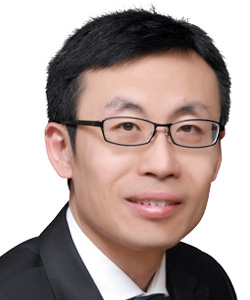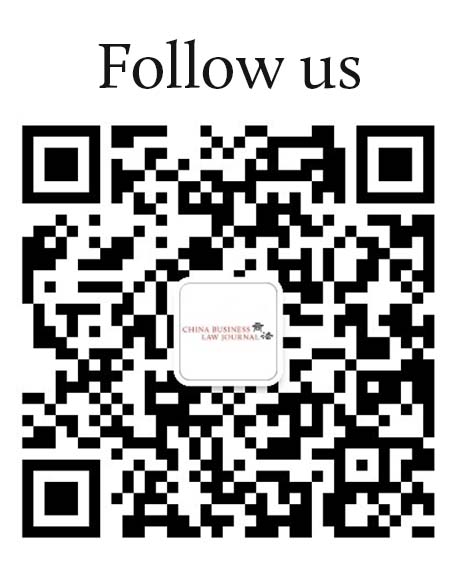The laws regarding patent eligibility for computer implemented invention (CII) in China have been evolving over time and become more open to complying with the development trend of science, technology and business. The most essential rules for patent eligibility of CII is that an eligible invention should solve a technical problem, adopt a technical measure, and achieve a technical effect. The three technical factors should be reflected by a claimed solution which controls, guides, or processes an object external to a computer or an internal object thereof.

Senior Partner, Patent Attorney
Sanyou Intellectual Property Agency
The law explicitly prohibits patentability of inventions solely covering rules and methods for mental activity and scientific discovery. As a result, certain types of claim subject title will receive immediate rejection from the China National Intellectual Property Administration (CNIPA), for example: a data structure comprising …, a signal comprising …, an algorithm comprising …, a stock dealing model comprising, and etc., no matter what solution is included in the claim.
In this regard, formally acceptable claim formats for CII generally include the following: (1) a method for carrying out the steps of a piece of software; (2) a readable medium storing software that realizes a method when being executed by a computer; (3) a device defined by functional modules (corresponding to software steps); (4) a device comprising a processor and software that is to be executed by the processor.
Substantial eligibility requirement
In addition to the formality requirement, substantial rules for patent eligibility of CII require the claimed solution to solve a technical problem, adopt a technical measure, and achieve a technical effect.
(1) Technical measure. A technical measure is a set of technical features that follow the laws of nature and serve to solve the technical problem and achieve the technical effect of the claimed invention. The technical features should interrelate and co-act with non-technical features (e.g., algorithm, business model). Pure mathematic calculation is not patent eligible. Merely tying a computer to a non-technical solution without interrelation and cooperation is not sufficient to make the computer a technical measure.
(2) Technical problem and effect. The claimed solution should at least solve a technical problem and achieve a technical effect, besides non-technical ones. Technical problem and effect has to do with some object with technical nature in the real world, e.g., creating physical objects, establishing physical connections, or improving physical characteristics. Accordingly, the result of the claimed solution is to obtain/change a technical object, obtain/change information by using a technical object, or change the way a technical object operates, etc.
Specifically, the three “technical” factors should be reflected by a claimed solution that controls, guides or processes an object external to a computer or an internal object thereof. Controlling, guiding, and processing of external objects include controlling an external operation process or external operation device, processing or exchanging external data, controlling conscious behaviour of a human being, etc.
In terms of external objects (tangible thing or intangible data/information), physical nature is of essential importance. The objects should have natural or technical characteristics, including physical, biological, chemical, astronomical ones and etc., but not just a symbol defined by human beings.
Interaction with a real world process will contribute essentially to the eligibility of a claimed solution. This is not only for the purpose of satisfying technical factors, but also reflects the concerns about patenting too broad a concept/an idea. Controlling, guiding, and processing of internal objects include improving internal performance of a computer, managing internal resources of a computer, and improving transmission of data in a computer, etc.
You must be a
subscribersubscribersubscribersubscriber
to read this content, please
subscribesubscribesubscribesubscribe
today.
For group subscribers, please click here to access.
Interested in group subscription? Please contact us.




























